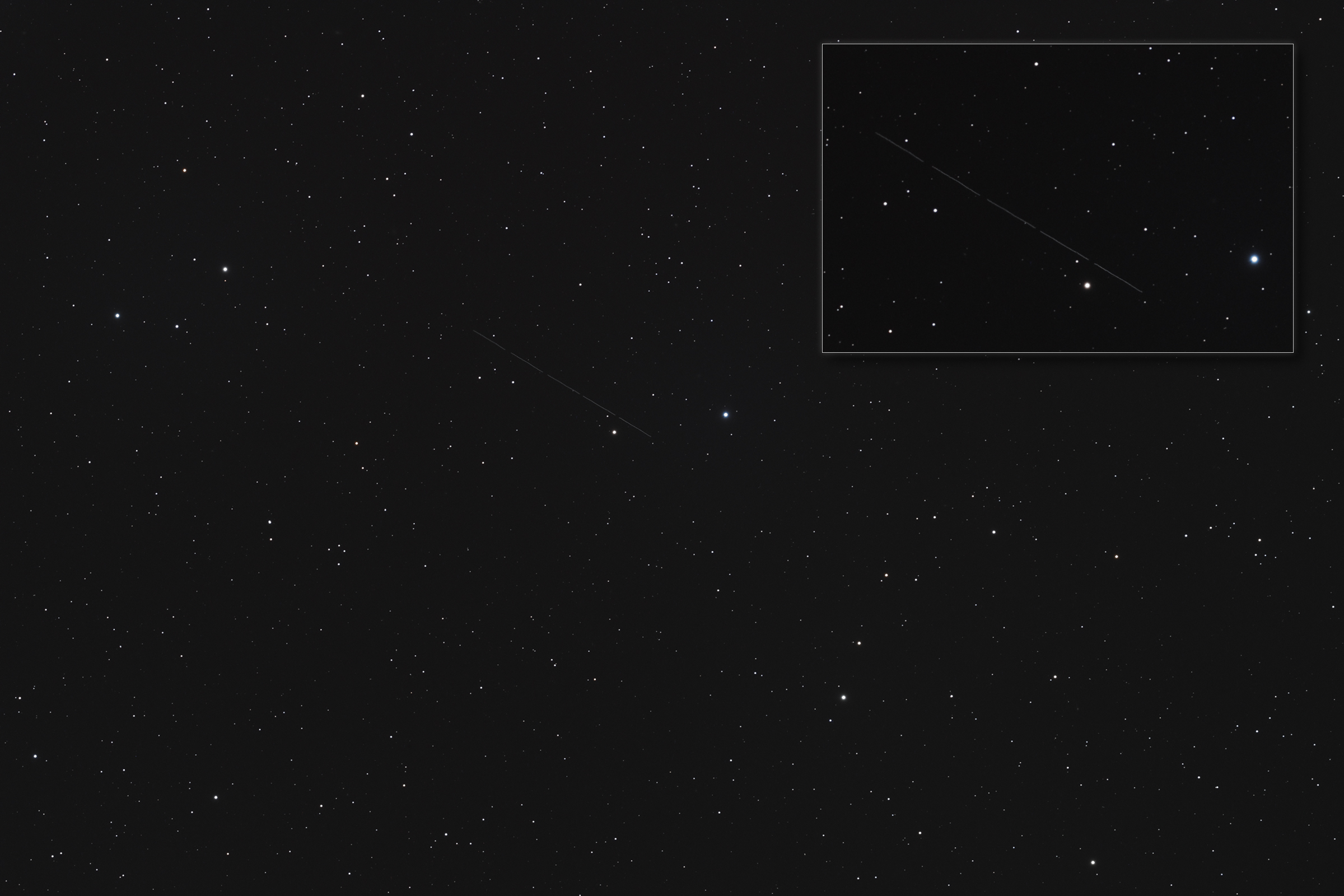There are a lot of interesting things about the asteroid known as 3200 Phaethon. Here are a few of those fascinating tidbits:
Most meteor showers have a comet as its parent. Comets are known to shed material as they approach the Sun and warm up. Ice, dust, gas... they all crumble away from the comet and leave a trail of debris outlining their orbit. It's also what creates their visible tails with which we are all so familiar. Asteroids are typically seen as solid masses of rock and metal (hey, I like rock and metal). But they are often conglomerations of loosely compacted rock along with metal and sometimes even ice and gas, but not to the extent that comets have those materials. This asteroid has shed some of its material and, like those comets that are responsible for meteor showers like the Perseids and Leonids, has created a meteor shower of its own.
- It was discovered in 1983 (it was preliminary known as 1983 TB upon confirmation of discovery) and was the first asteroid to be discovered using images from a spacecraft.
- During its orbital period, 3200 Phaethon gets closer to the Sun than any other named asteroid.
- Its name derives from the fact that it gets so close to the Sun. Let me explain: The Greek Sun God, Helios, had a son. His name was Phaëthon... Fast forward thousands of years, humans discover an asteroid that comes really close to the Sun every 30-ish years, we name the asteroid after that son of the Greek Sun God because, like all good sons, he comes to visit his father about once every 30 years then leaves.
- It has offspring of its own: the Geminid meteor shower.
Most meteor showers have a comet as its parent. Comets are known to shed material as they approach the Sun and warm up. Ice, dust, gas... they all crumble away from the comet and leave a trail of debris outlining their orbit. It's also what creates their visible tails with which we are all so familiar. Asteroids are typically seen as solid masses of rock and metal (hey, I like rock and metal). But they are often conglomerations of loosely compacted rock along with metal and sometimes even ice and gas, but not to the extent that comets have those materials. This asteroid has shed some of its material and, like those comets that are responsible for meteor showers like the Perseids and Leonids, has created a meteor shower of its own.

Comments
Post a Comment